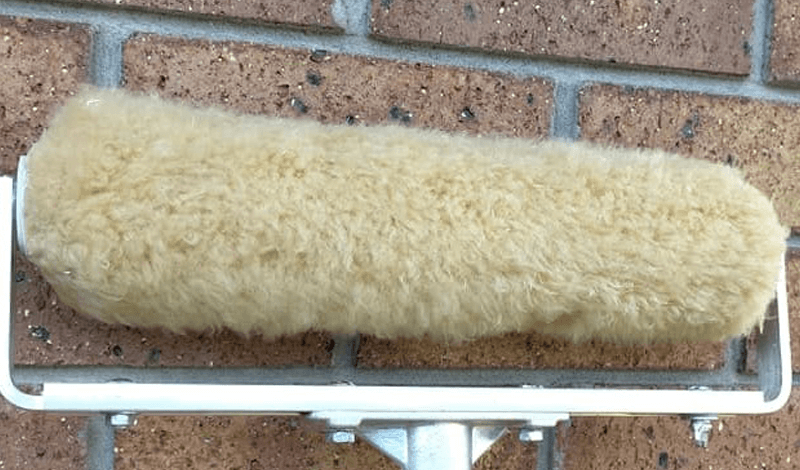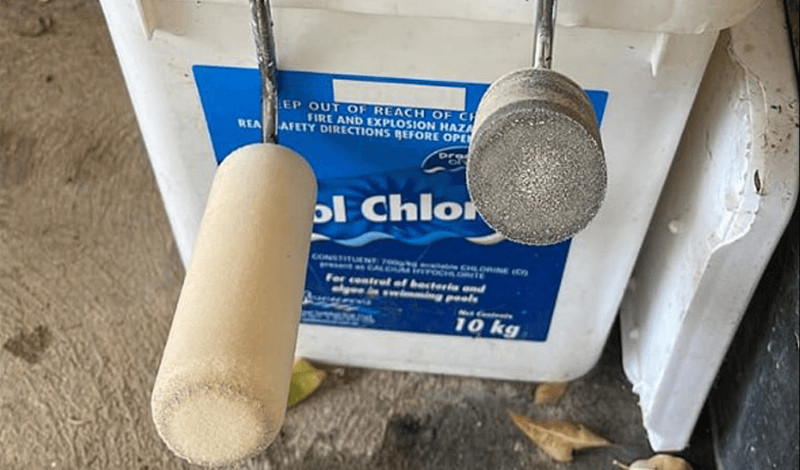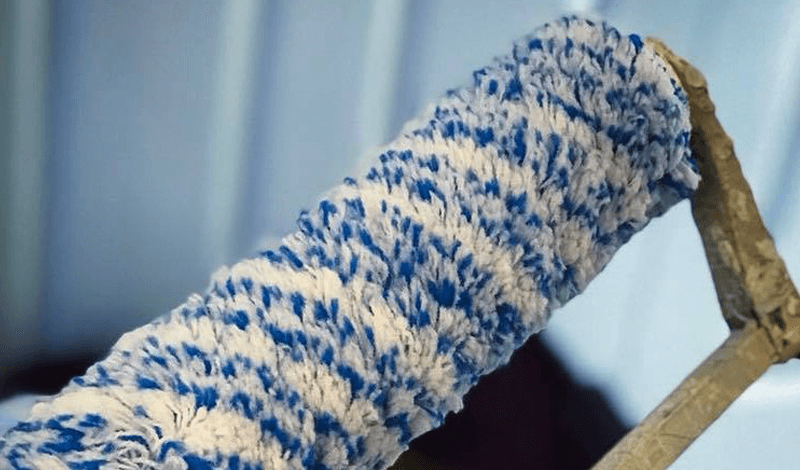In most instances, you apply your favorite polyurethane with a suitable brush to get the best result. However, sometimes a brush will not just cut it. For instance, you have been staring at your wide wooden floor, wondering what else to use to minimize the time spent applying the polyurethane. Maybe the patio needs to be coated with a fresh finish of polyurethane.
An alternative applicator to consider is a roller. There are different types of rollers with different textures to suit specific applications. When it comes to applying polyurethane, there are several types of rollers to choose from.
Types of Polyurethane Rollers- floor polyurethane applicators
Lambswool
When you are about to roll polyurethane, it is important to understand that there are different floor polyurethane applicators available. Our first pick for what kind of roller you should use when applying polyurethane is Lambswool roller covers. These types of rollers have the best qualities. Lambswool rollers are fine and smooth enough to be used in the application of poly.

You can use Lambswool smooth roller covers to apply both oil-based and water-based polyurethane. These rollers offer a smooth finish of your choice poly. Moreover, with them, you can cover uneven surfaces with difficulty. Apart from being able to reach rough surfaces, these rollers ensure a dust and lint-free finish.
Foam Rollers
Foam rollers are another category that is ideal for polyurethane application on large wooden surfaces. These rollers share the characteristic of being smooth and fine enough for a smooth coat of your favorite polyurethane. However, foam rollers are only suitable for applying water-based polyurethane. Due to the high absorption ability, these are not ideal for water-based polyurethane, which readily sips into the spaces between the rollers.

However, these rollers aren’t ideal for oil-based polyurethane since these polyurethane products are thicker and do not get absorbed into the roller. Therefore, with these rollers, you can efficiently apply poly on a large surface area in the fastest time possible. Moreover, foam rollers do not allow the poly coat to collect dust and do not shed lint.
Microfiber Rollers
As the name of these rollers indicates, microfiber rollers are made of fine microfiber. Roller fineness is the highest consideration when it comes to rolling polyurethane. These rollers are very smooth, making them well-suited for applying polyurethane. Unlike foam rollers, these can be used in the application of both oil-based and water-based polyurethane.

These rollers, like the others mentioned, are preferred for the benefit they offer on large wooden surfaces such as floors and patios. Moreover, just like the other rollers, these too do not leave behind brush marks, do not collect dust, or leave behind lint. These rollers come in different sizes to suit various wooden projects.
factors to consider when choosing a polyurethane applicator
Oil vs. Water Based Polyurethane
When choosing a roller for polyurethane, it is essential to know the type of polyurethane you intend to apply to your wooden surface. Different rollers have a different affinity or the ability of the polyurethane to stick on the roller cover. Oil-based polyurethane sticks differently to the roller than water-based polyurethane.
For instance, for water-based polyurethane, it is advised to use foam, microfiber, and lambswool rollers; this is due to the fact that water-based polyurethane is thin and does readily get absorbed by these rollers.
On the other hand, using foam rollers for oil-based polyurethane is not advised. This is due to the fact that the thicker nature of oil-based polyurethane is harder to penetrate the inside of foam roller covers.
Surface
The type of roller you decide to use is also dependent on the type of surfaces you intend to apply the polyurethane. A rule of thumb is longer rollers are best suited for larger surfaces such as floors, or patios. These rollers require longer roller frames to be effective at covering larger surfaces in the shortest time. On the other hand, smaller surfaces such as furniture are best suited to shorter rollers that allow for more maneuverability.
Sheen
For the best sheen finish, you are recommended to use rollers with less porous surfaces when applying polyurethane. Lambswool and microfiber rollers are the best when sheen is a consideration since they do not leave marks.
Summary- What Kind of Roller to Use for Polyurethane
Rollers are sometimes used to apply polyurethane. However, DIYers must do their homework before deciding which roller to use. This guide has summarized all the essential considerations and picked the best rollers for your polyurethane projects, be they oil-based or water-based products
Recommended readings